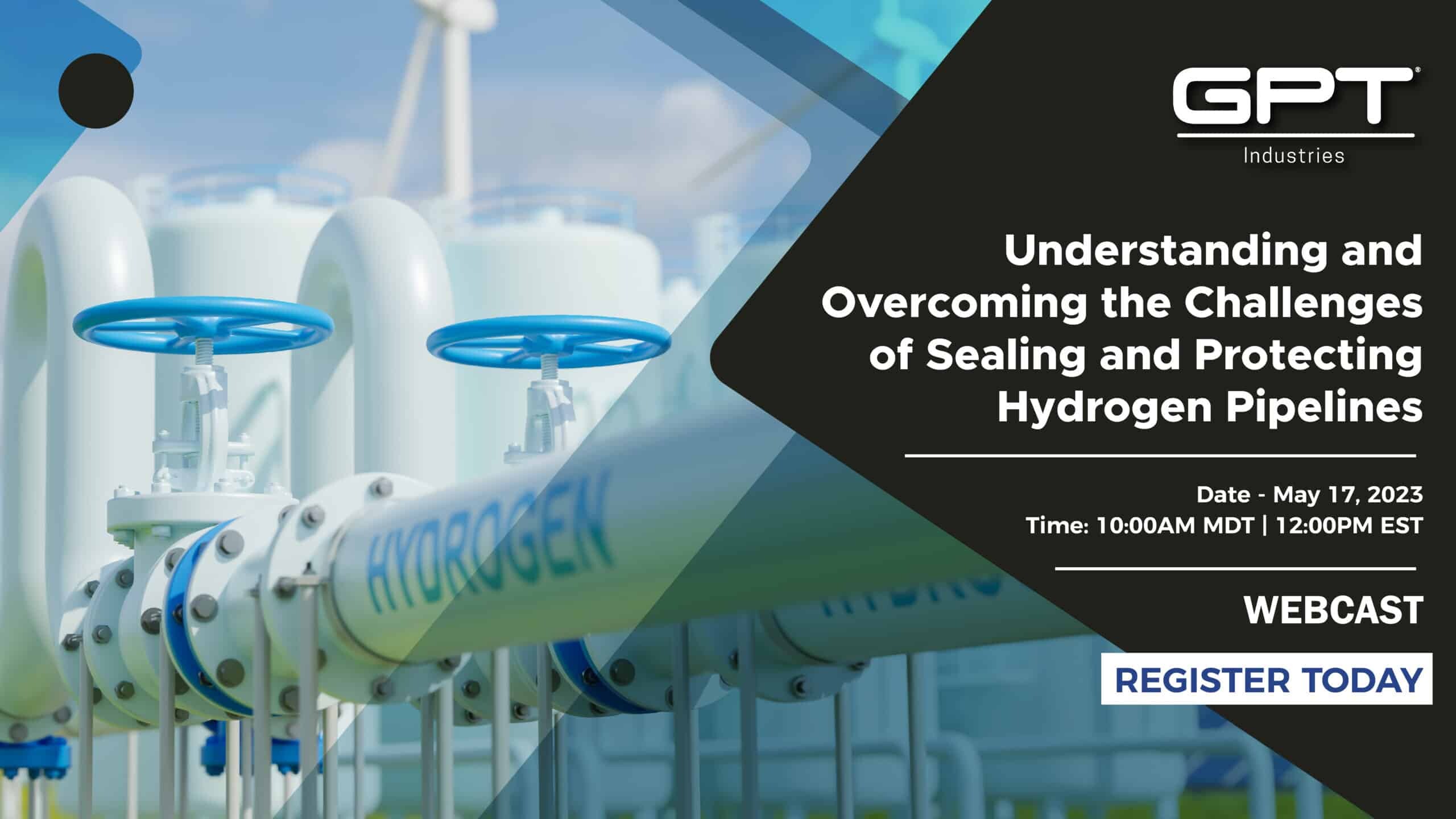Browse by Job:
[google-translator]
Browse by Job:

In the battle to reduce emissions globally, operators are looking at new ways they can diversify their energy portfolios and reduce the impact of traditional methods of energy production. The adoption of Hydrogen is now at the forefront of the new energy mix and has been accelerated considerably in recent years.
The urgency to diversify has led to engineers across multiple industries to seek and understand the potential hazards, issues, and considerations this new energy source brings. In this webcast, we explore the role of sealing and flange isolation on pipeline infrastructure, a critical component in making Hydrogen a viable energy source for the future.
Expect to Learn: